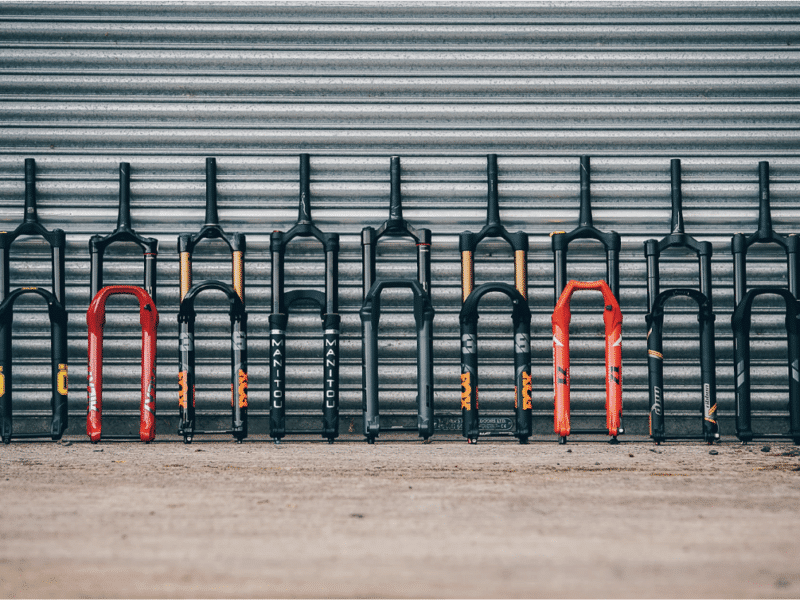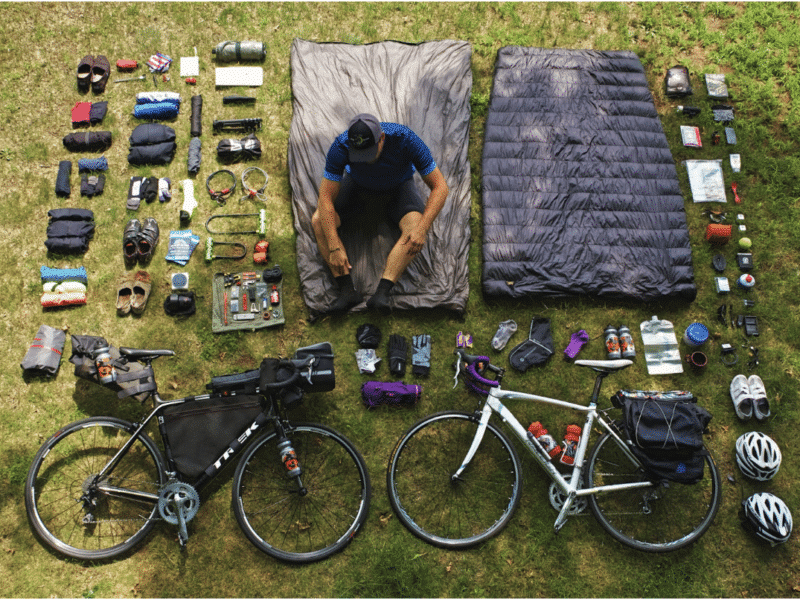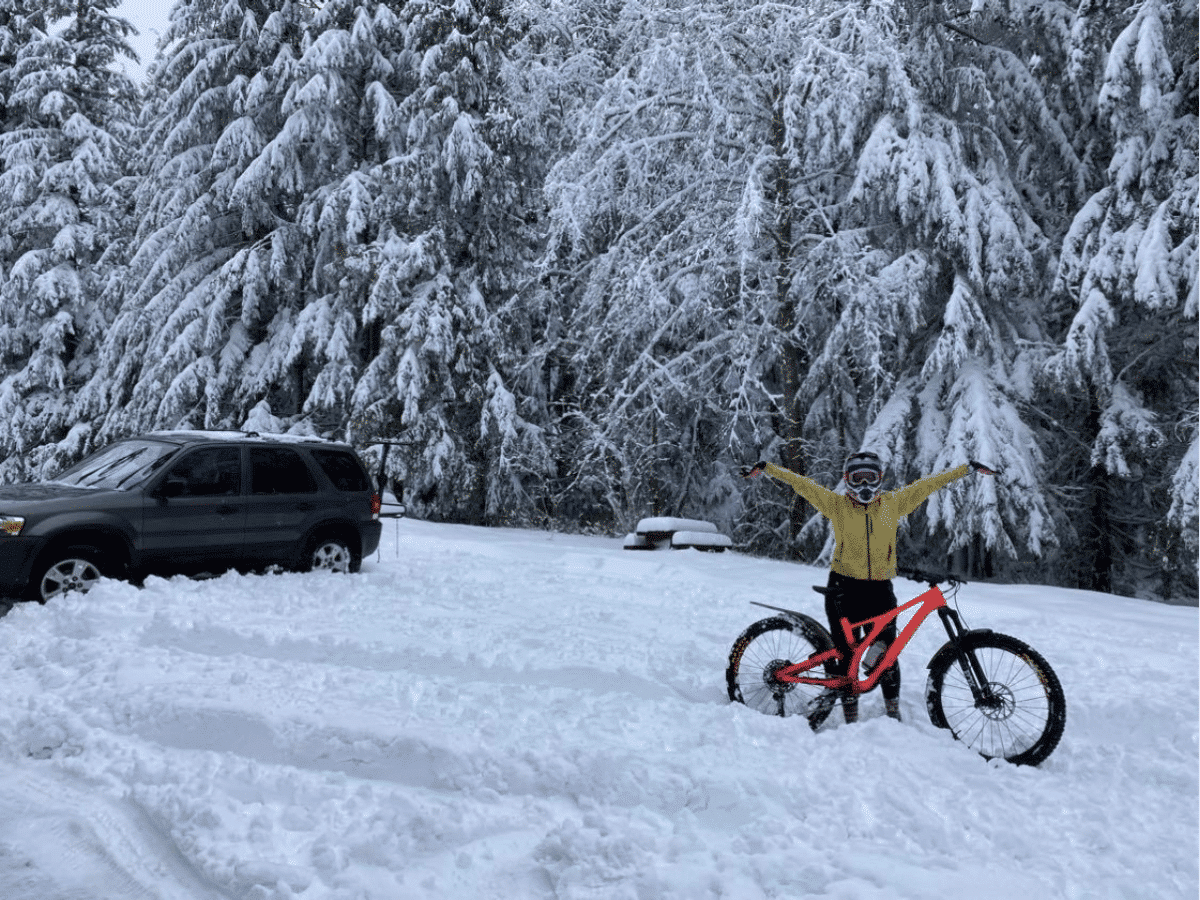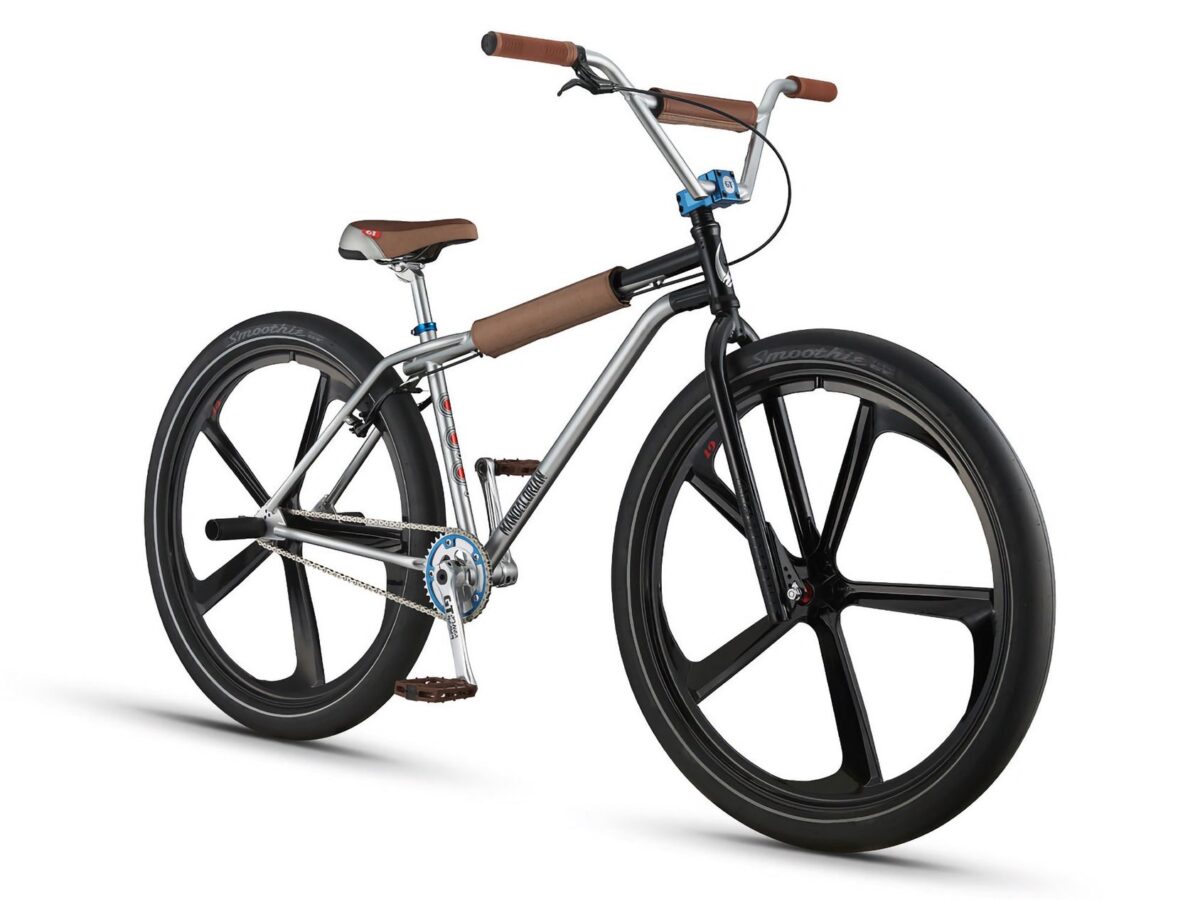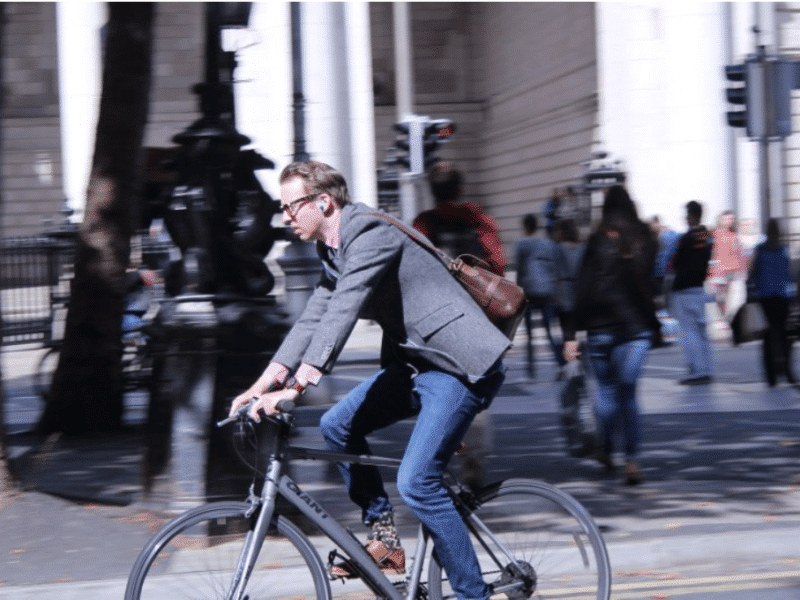As a ‘newbie’ or beginner rider into the mountain biking and cycling world, you’ll get introduced to a whole new world of jargon and other cryptic terms that riders use.
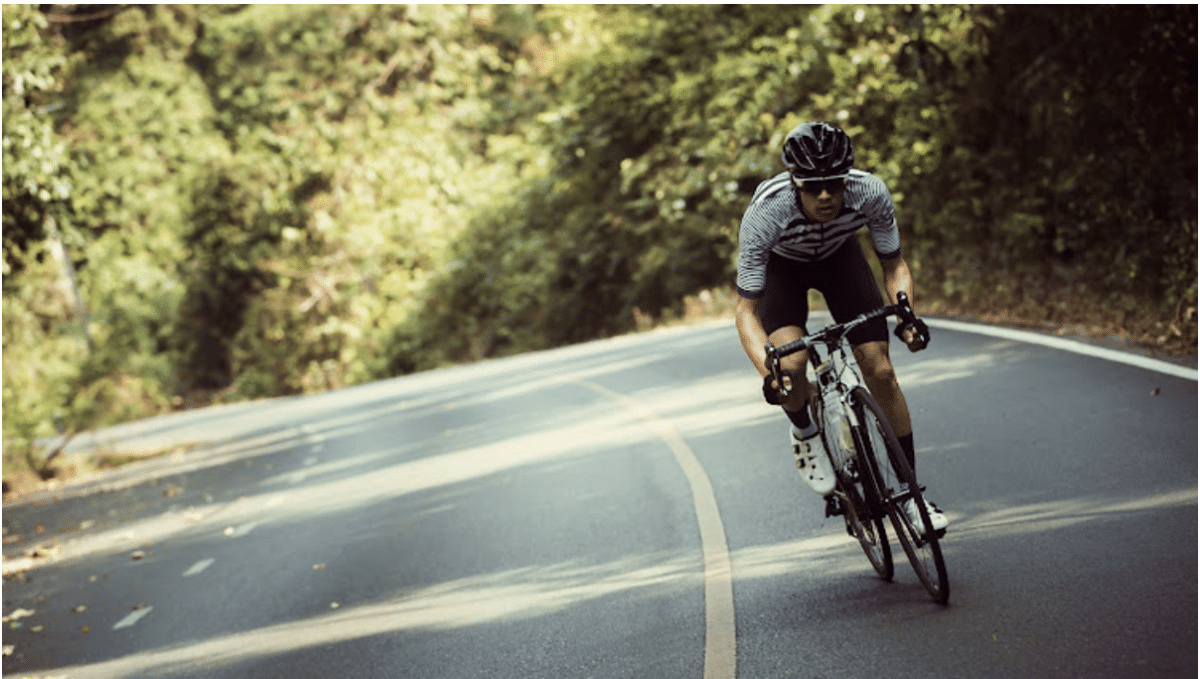
So this article will help you better understand one of these new terms, “cadence” and why it is so important in your riding experience.
What exactly is cadence
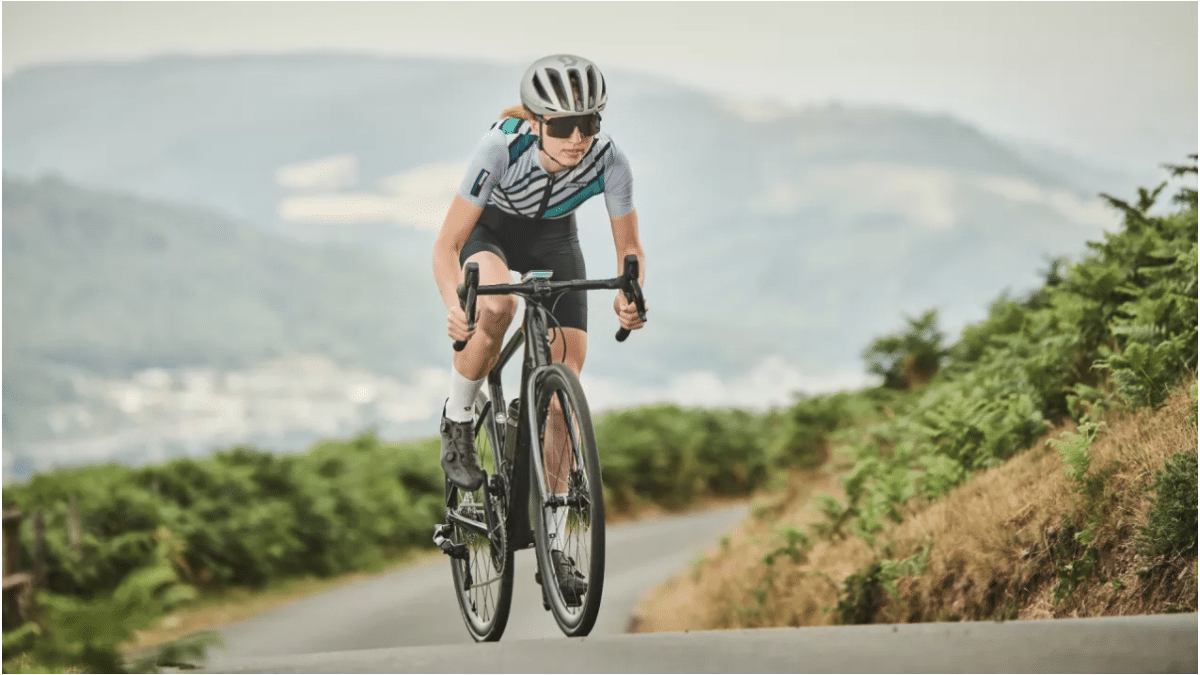
In short, cadence is simply put just the amount of revolutions that your pedals make every minute whilst you are out riding. Even new riders and rookies will be able to notice that riders will often pedal at different rates or have different cadences.
If you take professional racers for example you’ll see that they will be pedalling really fast, especially if they are on a flat surface, here their cadence will be pretty high, normally at 100 revolutions per minute or sometimes even more. When these riders get to the uphill parts of the races you will notice that their pedalling begins to slow down, however it will still be a lot more than what the average cyclist’s speed would be. Some of the best cyclists in the world will even be able to maintain a cadence of 100 rpm even on these uphill battles.
When it comes to your usual recreational riders out there, you can normally expect to see a much slower pedal speed, normally sitting around 60 rpm, while someone who is pretty fit will be able to hold 80 or 90 rpm.
So, why does it even matter if you have a high or low cadence? This article will take a closer look as to why cadence is important, how you’ll be able to measure your own cadence and if that speed is ideal for you to aim for.
Why is your cadence important
Cadence is basically one of the most important measurements that you can have when it comes to your power output on your bike. This is because you are able to work out your power output by multiplying torque, which is how hard you will be pushing on your pedals, by how fast you are pedalling, which we’ve learned is cadence.
When you are out riding and cycle at a lower cadence you’ll typically experience more strain being put on your muscles as you pedal, whilst if you are cycling at a higher cadence you’ll shift a lot of this load to your cardiovascular system. So, in essence if you are someone that is stronger than the average cyclist and has more of a muscular build then you’ll be a lot more comfortable cycling at a lower cadence, with more strain put on your muscle. Then if you are a rider who may not be as experienced or as strong it may be a better idea to cycle at a higher cadence at a lower gear. So, depending on what type of physique you have, the energy cost of just rotating the pedals will differ from person to person.
So, in conclusion, if you ride at a lower cadence, whilst in a higher gear, you’ll essentially be more likely to put more strain on your muscles, which could even lead to muscle soreness after your rides. However, if you cycle at too fast of a cadence you’ll then experience your pelvis rocking, which will lead to a much lower pedalling efficiency, which will then lead to you being more tired even faster. So, it will be important for you to find the best cadence for you personally.
How to measure cadence
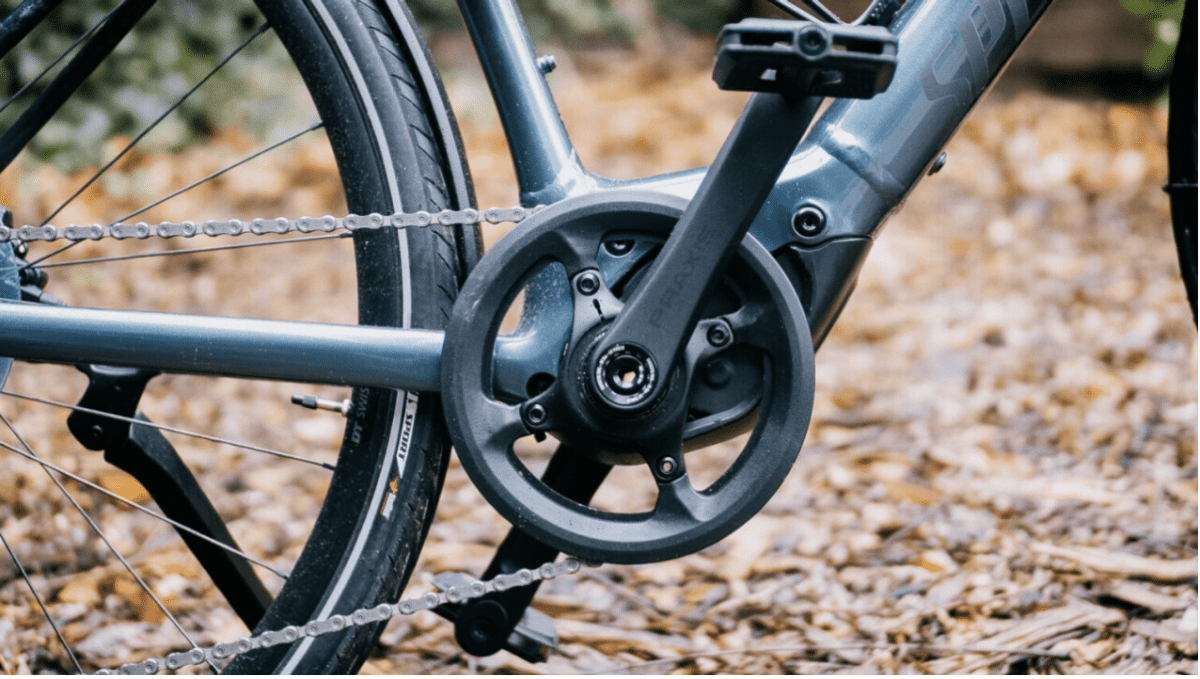
The easiest way that you will be able to find out, or measure your cadence, will be to just count how many times your legs move up and down in the duration of one minute. However, if you are searching for a more accurate form of record then there are other electronic devices, called cadence sensors, out there that you will be able to purchase and then use.
Most of the cadence sensors that you are able to purchase on the market will be designed to be attached directly to your bike, to the left hand side of your chainstay. Once you are able to secure the cadence sensor onto your bike you will just need to cycle with it one and it will be able to record how many revolutions you make per minute, thanks to a magnet that is attached to your crank and passes through the sensor. The cadence sensor will not only be a much more reliable cadence record but overall it will be your best option as you will also be able to record your cadence over a certain time, which means that you can use it to analyse it as your training progresses over time.
What is the ideal cadence for a cyclist
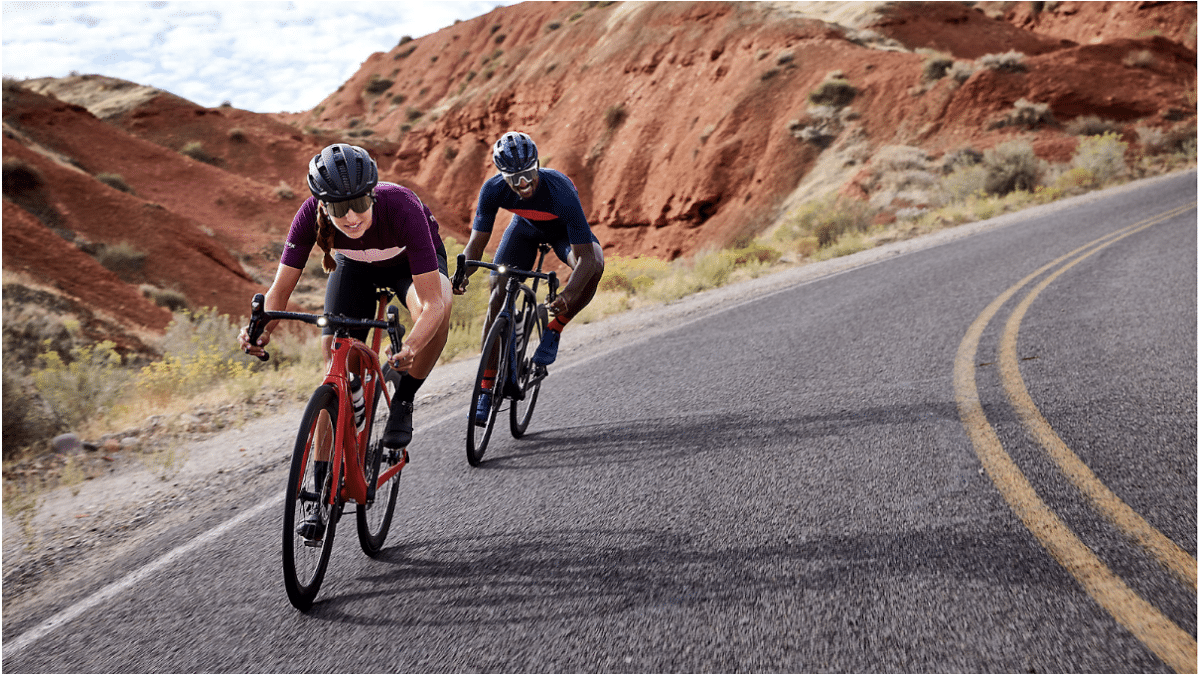
Just like a lot of things when it comes to riding, there isn’t really one answer or an ‘ideal’ cadence that everyone will just be able to implement and follow as it will differ from rider to rider, depending on a lot of different factors.
One way that riders are able to find their personal optimal cadence is just by having a lot of experience, as after time people will tend to find a range of cadences that work well for themselves depending on what type of terrain you are riding on and what the demands of that rider will be.
It is also to remember that just because you may have found a cadence that you really like, it is still very important to experiment a range of different cadences, since one cadence won’t be able to be the best in every riding situation. Another thing to remember, when you are trying to make your rides as efficient as possible and as fast, is to try and aim for a higher cadence in your shorter events than what you’d have in a longer ride. You should essentially try to improve your cadence instead of thinking to just increase it.
Experimenting with all different types of cadences, especially during your practice sessions, is actually very beneficial to you as a rider. This is because if you use a higher cadence at a lower load, you’ll be able to specifically train and target your neuromuscular system, which will allow you to pedal more smoothly. Then on the other hand if you cycle at a lower cadence with a higher load you’ll instead be able to increase your overall cycling strength.
Final Words
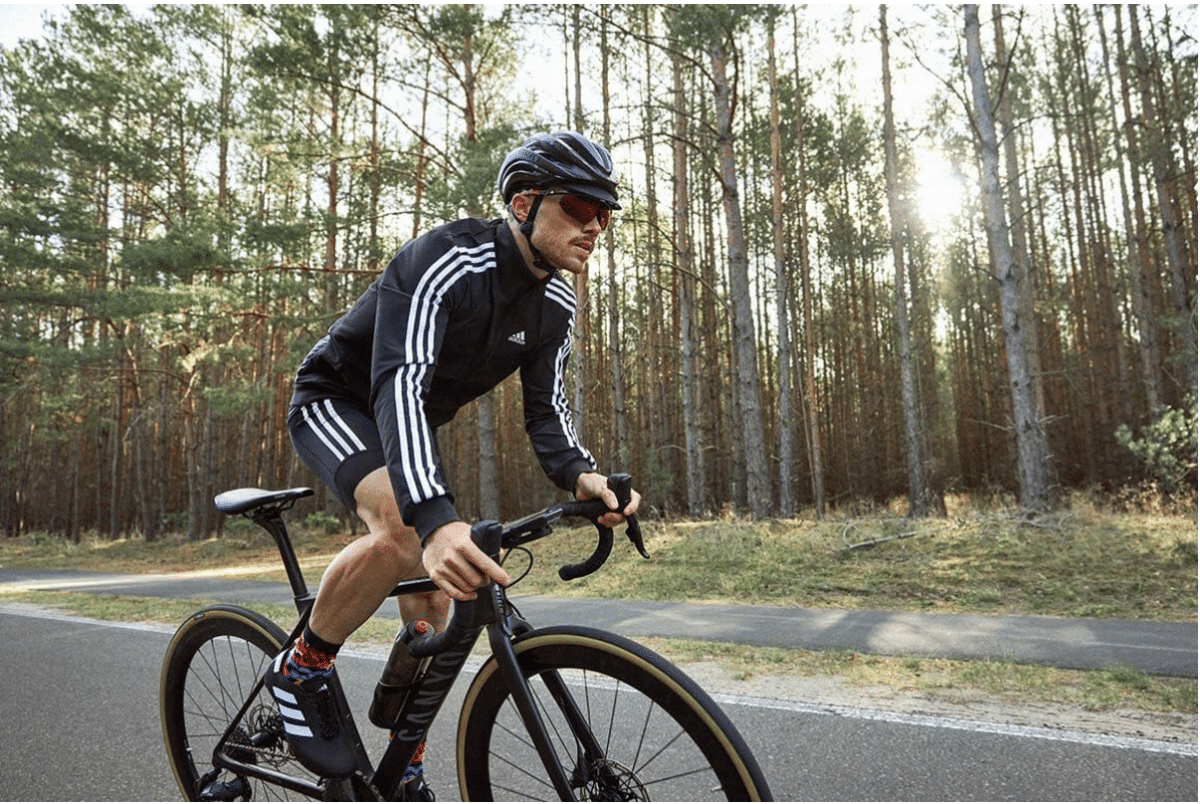
So, there you have a quick and complete guide to better understanding cadence in the world of biking. It is important to realise that the ideal cadence for one person may not be the best for you but there are ways that you are able to improve your cadence. There are two main aspects when it comes to improving cadence and that is improving strength as well as pedalling fluidity and here are two different training drills to help you improve your cadence.
- Pedalling fluidity and coordination
A 20 minute session of 4 sets of cycling at 120 rpm for 4 minutes and then 1 minute of easy cycling. As you are cycling it is important for you to try and keep the upper portion of your body as still as you can because keeping your core strong is key. This will help you focus all of your power transfer coming from the lower half of your body.
- Strength endurance session
This second exercise is to build your strength up and a lower cadence, with a high power output, is recommended for this one. For this exercise you’ll want to embark on two 15 minute blocks, cycling at about 90 percent of your best power output, with a cadence of 50 or 60 rpm. This exercise is great because in order to create more torque you’ll need to lower the cadence whilst raising the power. So after some time of doing this exercise you’ll be able to slowly raise your power whilst lowering your cadence.


